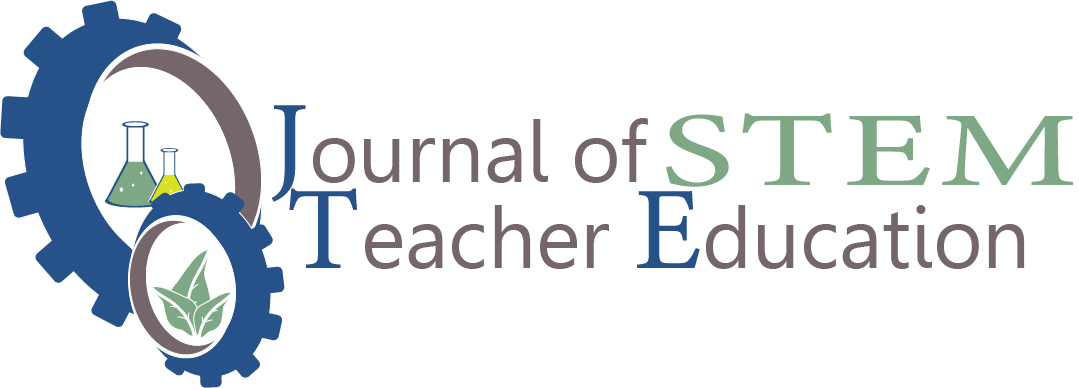
Abstract
Current education reforms call for engaging students in learning science, technology, engineering, and mathematics (STEM) in an integrative way. This critical case study of one fourth grade teacher investigated the use of educational robots (ER) not only for teaching coding, but as an instructional support in teaching mathematical concepts. To support teachers in teaching coding in an integrative and logical manner, our team developed the Collective Argumentation Learning and Coding (CALC) approach. The CALC approach consists of three elements: choice of task, coding content, and teacher support for argumentation. After a cohort of elementary teachers completed a professional development course, we followed them into their classrooms to support and document implementation of the CALC approach. Data for this case consisted of video recordings of two lessons, a Pre-interview, and Post-interview after each lesson. Research questions included: How does an elementary teacher use the CALC approach (integrative STEM approach) to teach mathematics concepts with ER? What are the teacher’s perspectives towards teaching mathematics with ER using an integrative STEM approach? Results from this critical case provide evidence that teachers can successfully integrate ER into the mathematics curriculum without losing coherence of mathematics topics and while remaining sensitive to students’ needs.
Recommended Citation
Zhuang, Yuling; Foster, Jonathan K.; Conner, AnnaMarie; Crawford, Barbara A.; Foutz, Tim; and Hill, Roger B.
(2022)
"Teaching Elementary Mathematics with Educational Robotics,"
Journal of STEM Teacher Education: Vol. 57:
Iss.
1, Article 5.
DOI: https://doi.org/10.30707/JSTE57.1.1664998343.900405
Available at:
https://ir.library.illinoisstate.edu/jste/vol57/iss1/5
Included in
Educational Technology Commons, Elementary Education Commons, Elementary Education and Teaching Commons, Science and Mathematics Education Commons

